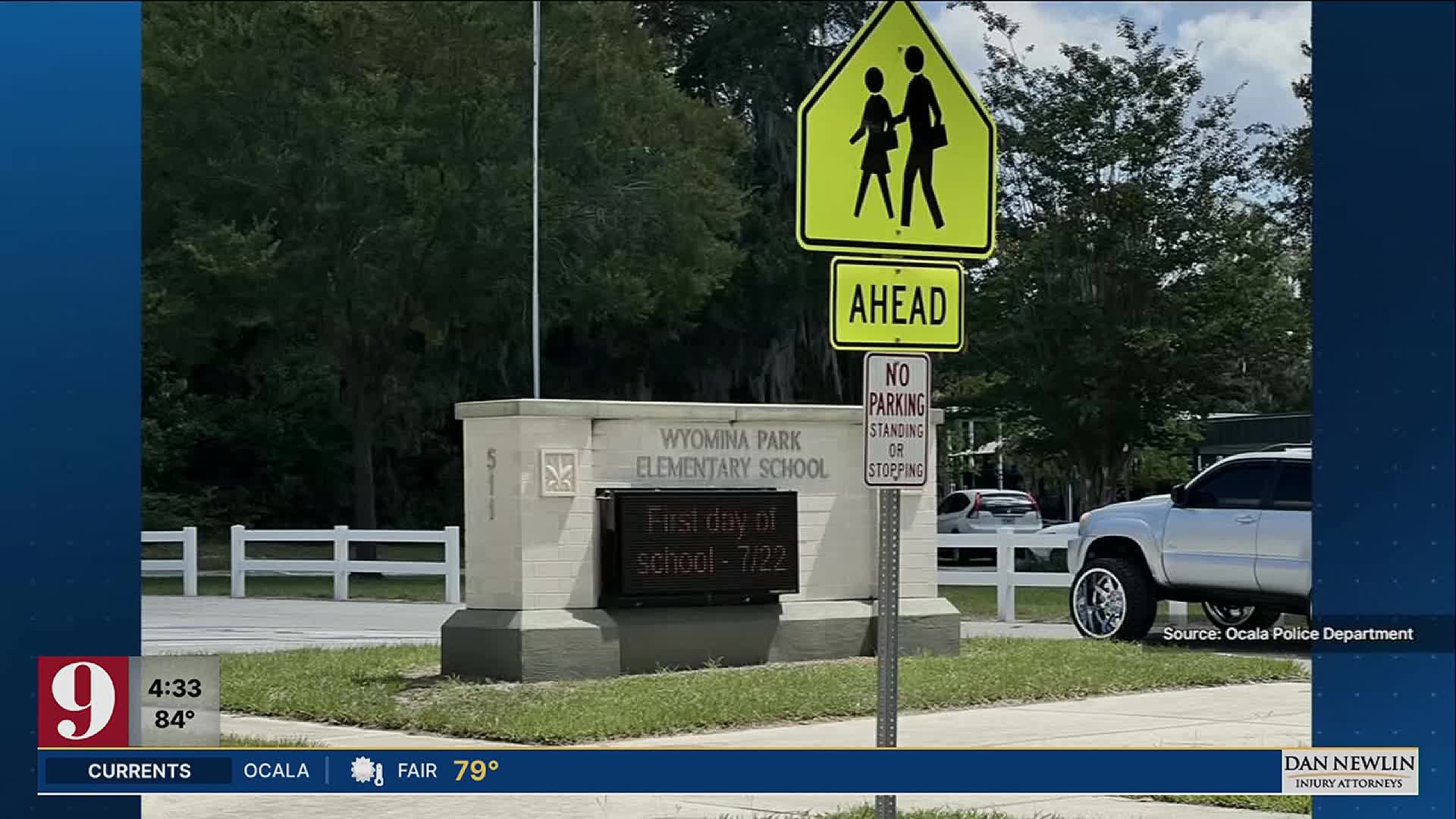Back-to-School Begins for Wyomina Park Elementary
As the summer sun begins to wane, students at Wyomina Park Elementary School in Marion County are already back in class. This marks the start of a new academic year for the school, which is part of a year-round education pilot program that has now entered its second year.
The program is designed to offer a different approach to traditional schooling. While students still attend 180 days of school each year, the time off is distributed more evenly throughout the year rather than being concentrated in long breaks like summer or winter holidays. This model aims to provide a more consistent learning environment and reduce the potential for academic regression during extended breaks.
Benefits of the Year-Round Model
District officials believe that this structure can have several advantages. One key benefit is improved learning retention. By breaking up the school year into smaller segments, students may be less likely to forget what they’ve learned over the course of a long break. Additionally, the model helps to reduce burnout among both students and teachers, as the workload and stress associated with a typical school schedule are spread out more evenly.
This approach also allows for more flexibility in scheduling. For example, schools can incorporate special programs or enrichment activities during shorter breaks, giving students opportunities to explore new interests or catch up on coursework without disrupting the overall academic calendar.
How the Program Works
Under the year-round system, students at Wyomina Park Elementary attend school for a set number of days, followed by a short break, and then return for another session. The exact schedule varies depending on the school’s needs and the preferences of the community. Some schools divide the year into four terms, while others use a three-term model with alternating weeks of instruction and vacation.
This structure also allows for more frequent assessments and progress checks, enabling teachers to identify and address learning gaps more quickly. It can also help maintain a more stable classroom environment, as students are not constantly adjusting to a new school routine after long breaks.
Community Response
Parents and educators have generally responded positively to the program. Many appreciate the balance it offers between academic rigor and student well-being. However, some families have expressed concerns about the logistics of managing a non-traditional school schedule, particularly when it comes to childcare and extracurricular activities.
Despite these challenges, the district remains committed to the initiative, citing positive early results from the first year of implementation. Officials plan to continue monitoring the program’s impact and making adjustments as needed to ensure it meets the needs of all students.
Looking Ahead
As the year progresses, the success of the year-round model will be closely evaluated. If the program continues to show promise, it could serve as a blueprint for other schools looking to adopt similar approaches. For now, Wyomina Park Elementary is setting the pace, offering a fresh perspective on how education can be structured to better support students’ long-term growth and development.







